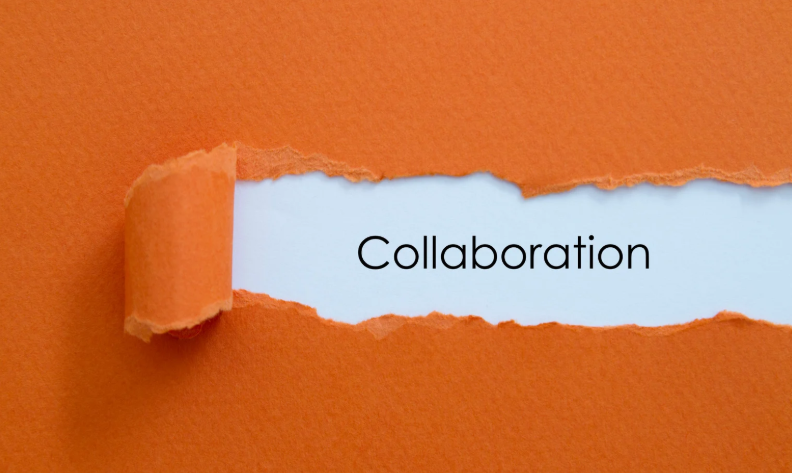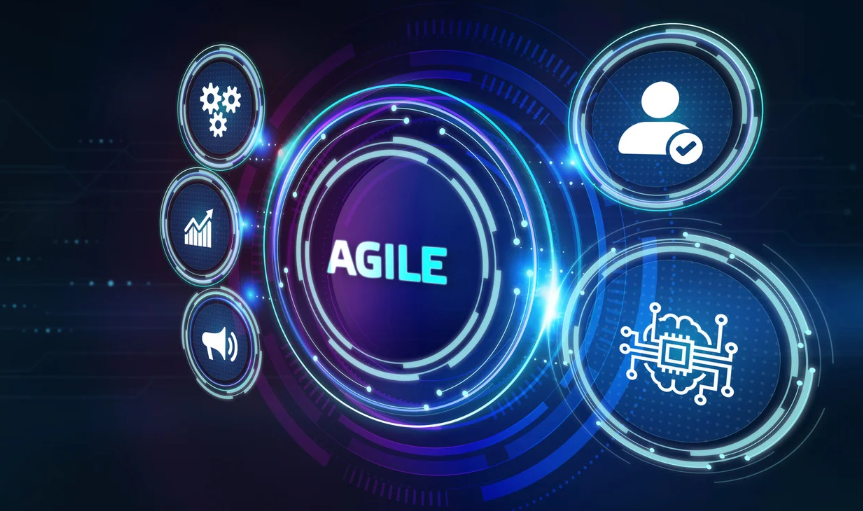
Modernizing Legacy Applications: Future Proof Your Organization
May 15, 2025
We are seeing rapid and constant shifts and changes within the technology world. For the average person, these changes can be a lot to keep up with. It seems like there are always new features, new technologies, and updates to existing technology that present themselves. Because of this, it is easy for your organization’s application(s) to become outdated. This blog will discuss why modernizing legacy applications is essential and provide tips for modernizing.
When applications become outdated, there are several issues that may arise. Poor user experience is the most obvious, but many people fail to realize the number and seriousness of the challenges that may be faced when applications are outdated.
Why Modernizing Legacy Applications is Essential
Outdated applications can cause significant security risks by not supporting modern security practices and making the app more vulnerable to breaches by bad actors. As online threats becomes more advanced, protecting your applications from threats has never been more important.
Legacy applications often lack integration capabilities with modern systems, making it difficult to connect and collaborate efficiently. Connectivity continues to shift and evolve, and modernizing legacy applications allows you to seamlessly evolve and adapt to connectivity changes.
Without regular updates, legacy applications are prone to failures and downtime, which can disrupt your business operations. This can be incredibly costly. You then have to factor in the time and money needed to make major updates to those applications when they inevitably fail. Something that will also further impact business operations.
Additionally, these systems can become bloated and inefficient over time, negatively impacting productivity. Yet another issue that will impact your business operations.
Effectively Modernizing Legacy Applications
Effectively modernizing legacy applications involves a strategic approach that begins with a thorough assessment and planning phase to determine the best modernization approach for your application(s).

You must evaluate your current systems to identify limitations and risks and set clear objectives for modernization (example: improving performance, security, or scalability).
Options for modernizing legacy applications include encapsulation, rehosting, replatforming, refactoring, rearchitecting, and replacing outdated applications. The best option will depend on your initial assessment.
Leveraging modern tools like cloud platforms (like Microsoft Azure), containers and orchestration (Docker, Kubernetes), and DevOps practices (CI/CD pipelines) can significantly enhance deployment and management efficiency.
Data management should not be overlooked when it comes to modernizing your legacy applications. Ensuring a smooth data migration and using integration tools (like Microsoft Fabric) will help with the modernization process.
Training equips staff with the necessary skills to manage any sort of transition effectively. Transparency regarding any modernization updates is important and employees should be kept in the loop as much as is appropriate. Change management fails without proper communication and can lead to confusion and slow responses.
Finally, continuous improvement through regular monitoring, optimization, and staying on top of technological advancements ensures your system remains current and efficient.
Modernizing Legacy Applications Conclusion
This blog highlights the importance of modernizing legacy applications and then remaining vigilant with any future updates. Failure to do so can result in many challenges and disrupt your day-to-day operations. Don’t wait; update.
If you are looking to upgrade your legacy applications, fill out the form at the bottom of the page and someone will be in touch. The time to act on updates is now.
Thanks for reading! Make sure you subscribe to our blog. We publish technology tips, tricks, and updates every week.
Want to hear the latest from out team of experts? Sign up to receive the latest news right to your inbox. You may unsubscribe at anytime.

Discover More
5 Common Misconceptions About Cloud Migration: Debunking the Myths
We’ve all heard of the cloud and cloud migration. But how important is it actually for your business? Organizations are moving to the cloud for several reasons: to improve agility,…
Innovation Starts with Listening: Co-Creating Software with End Users
Innovation is key. But with our race to innovate, it’s tempting to focus on speed, features, and technical brilliance. But the most transformative software solutions often don’t begin with code,…
Imaginet in Action: Building Software That Solves Real Problems
Organizations are under a lot of pressure to modernize, scale, and innovate fast. Especially with how rapidly technology is evolving. Many people fall into the trap of thinking that all…

Let’s build something amazing together
From concept to handoff, we’d love to learn more about what you are working on.
Send us a message below or call us at 1-800-989-6022.





